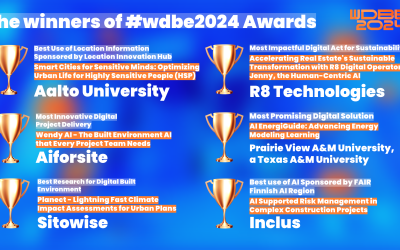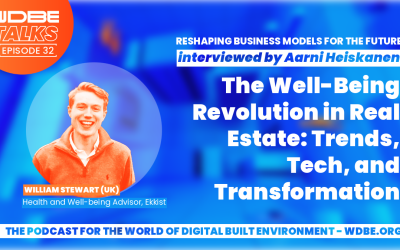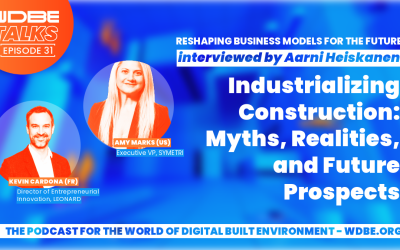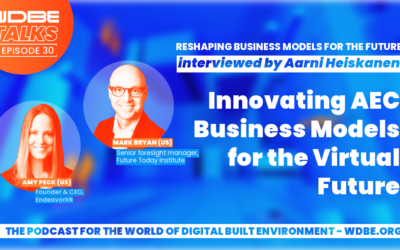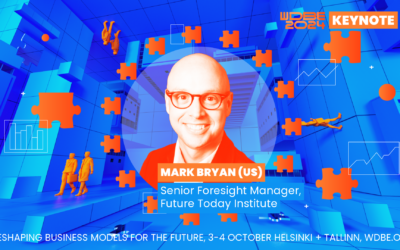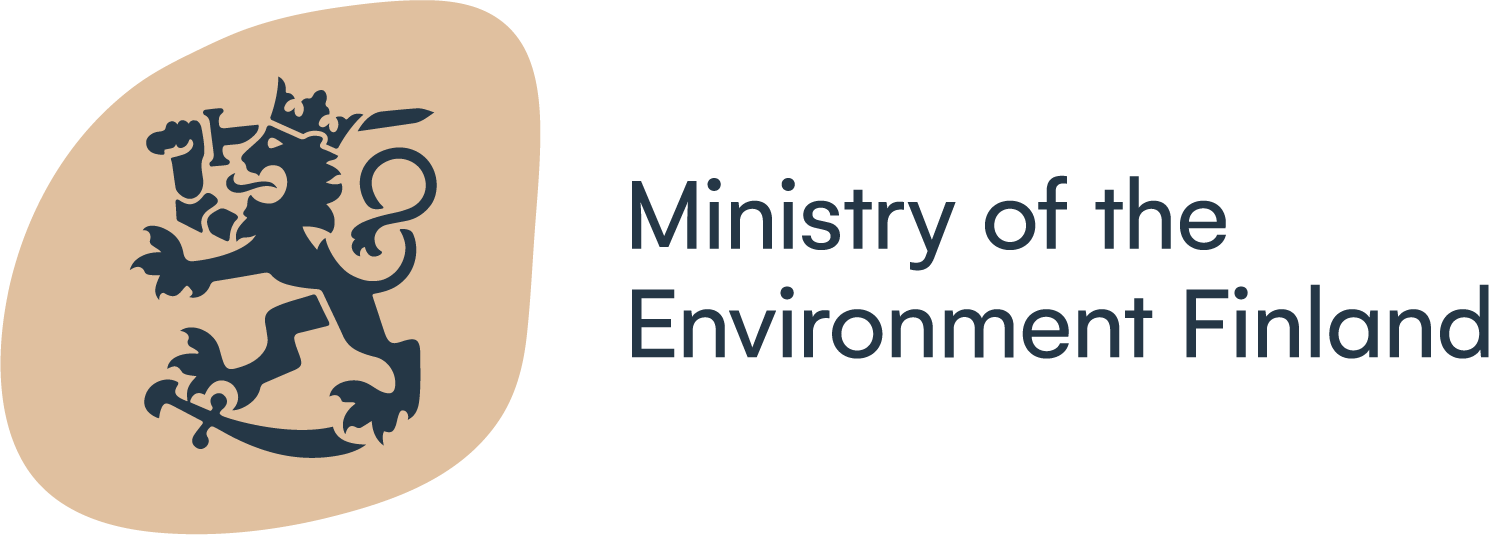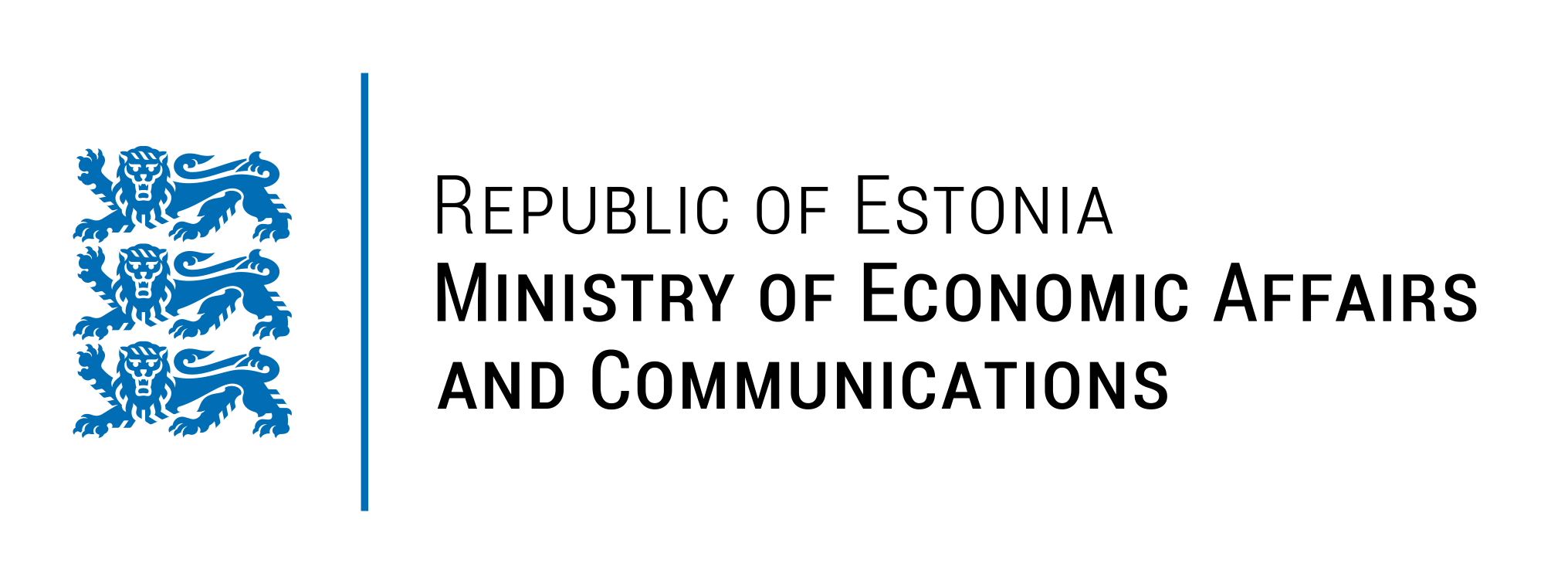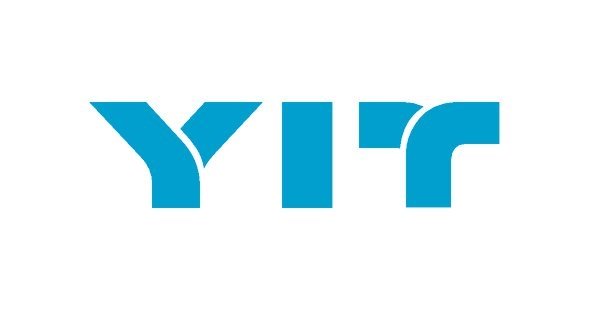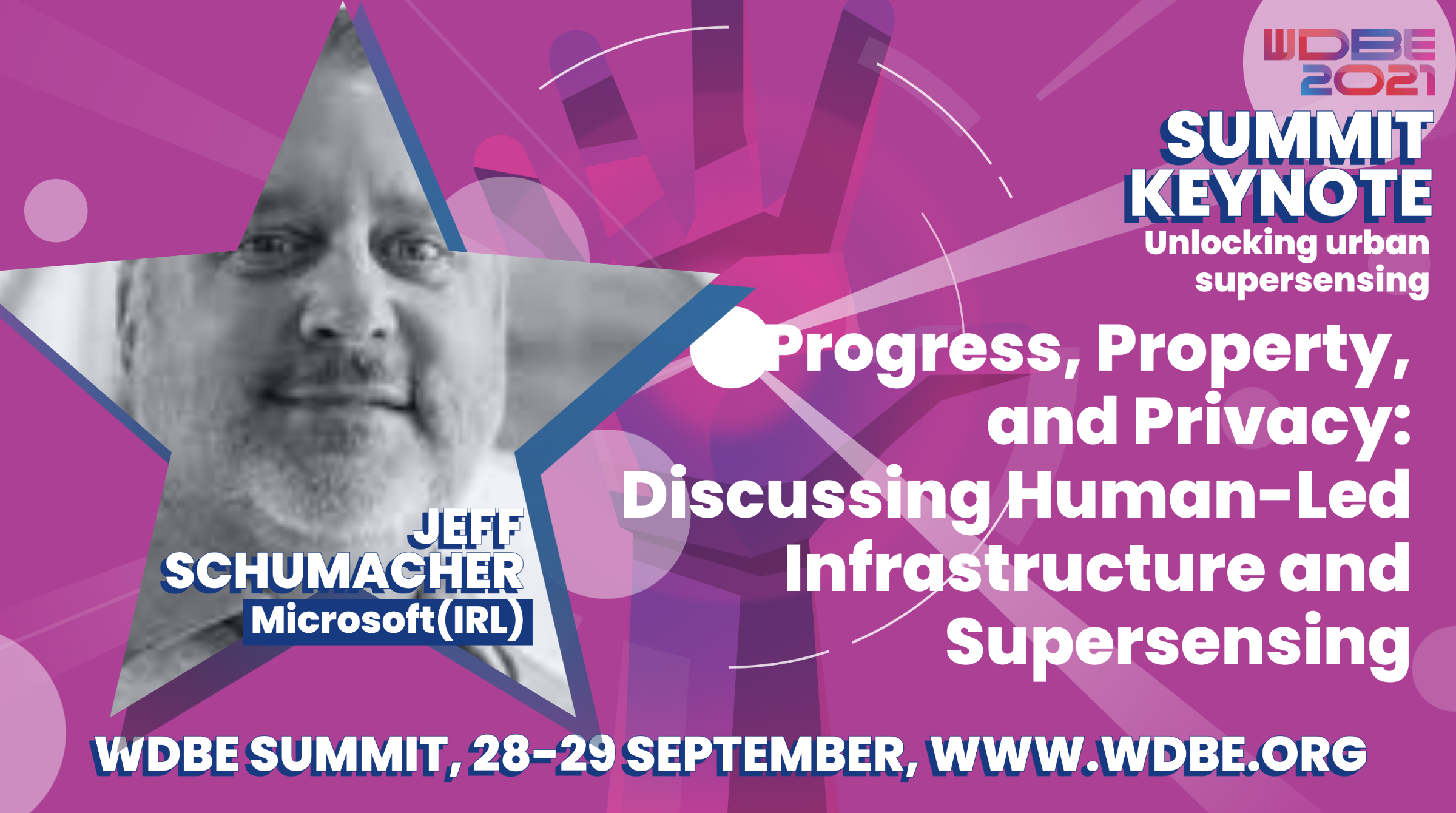
WDBE UPDATES // Meet our keynote speaker!
Progress, Property and Privacy: Discussing human-led infrastructure and supersensing with Jeff Schumacher
We sat down with Jeff Schumacher, Microsoft’s Global Workplace Services Regional Lead Ireland, UK, and MEA, in the run-up to his keynote speech at WDBE 2021. Our conversation covered how technical innovation has changed the sector, the dangers of assumption, and why retaining a human-centred perspective is vital in a data-driven business.
As we leave lockdown, the conversation shifts from measuring the impact on society to the positive change that our urban spaces and built environment can provide. But when it comes to contemporary professional working spaces and the habits of the people working within them, it can be difficult to find a solution that works.
Growth and innovation
A 17-year company veteran, Jeff Schumacher first joined as a Senior Operations Manager in 2004, spending 12 years focusing on real-estate. This involved strategic management, construction, and development model delivery, and taking a holistic approach to the build process. During his time with Microsoft, Schumacher has seen the integration of digital solutions to complex, industry-specific problems.
“It’s been fantastic to see the evolution of technology,” says Schumacher. “To think back to almost two decades ago and compare how things were done with the modern utilization of systems and data. For us, these have helped drive decision making and empower us to make smarter, timely choices.”
Schumacher witnessed the growth of technologies in the built and working-environment first-hand as during his time legacy infrastructure was updated, and new digital elements were added. This included smart building solutions using IoT, Digital Twins, BIM, and other novel tools.
“What’s overlooked is our capability and capacity to understand what’s really happening around us based on the utilization of technology,” says Schumacher
“This could be through a combination of sensoring, AI, or whatever tools suit the job. So long as they’re used to understand what is happening in real time. This helps us make sound decisions that are based on people. Real people. How they live and act. Not based on theoretical elements, but using surveys, metrics, and things of that nature.”
Lived in workspace
Schumacher’s experience stands him in good stead in the wake of Covid-19 pandemic, that famously saw Microsoft adopt a co-ordinated response to the coronavirus.
These decisions were taken in the wake of two major projects spearheaded Schumacher was attached to in Dublin, Ireland.
The first was One Microsoft Place. Officially opening in 2018, the build was designed to support the company’s ‘One Microsoft’ approach and placed all members of staff under one roof.
A ‘human centric’ build, the project covered 34,000 sqm and included open-plan offices and a selection of smaller workspaces as designed by RKD architects and Gensler. The project was designed using the concept of ‘neighbourhoods’ and integrated 2,000 employees into a set location with the aim of producing a multi-cultural melting pot. This eroded the logistical and practical obstacles to collaboration. But growth and continuous improvement were all part of the plan.
“Technology plays a huge role in helping us understand how we evolve our space and then determine what is working and what isn’t,” he says. “Ultimately, it affects the overall performance of the teams. We see more engagement, more activity, and more productivity in spaces that are inspirational and motivational than we do in spaces that aren’t.”
This approach was also seen in the more recent One Microsoft Court refit of a 20-year-old existing building. Executed with the support of Perkins + Will and Coady architects, the project saw a strip-out and full refit of the 106,000 square foot space, while still supporting Microsoft staff and minimising disruption to teams and projects working in the building. This included smart building systems with wayfinding and full building utilization sensoring.
“I find it helpful to think about practical, full building utilization environments,” says Schumacher.
“For example, say I know that a setup of space is utilized 17% of the time, but 83% of the time, nobody touches it. What that tells me is that there’s a clear, unique subset that engages with it. So the question we have to ask ourselves is, do I always align to the bigger group or the smaller niche? And how can further data help refine that decision.”
Get your ticket to the WDBE Summit 28–29 Sept 2021 (199€ + VAT)
Disruption and diversity
Despite this, there is one element that the project could not account for.
“Covid-19. It’s been a year and a half. That’s a long time, and probably going to be closer to two years when we start properly having people back,” says Schumacher
Despite operating in a ‘data-driven’ sector, Schumacher’s role as Global Workplace Services lead requires immense context and validated understanding. For many, sensor and digital tech helps straddle the line between analytical theory and practical decision making, allowing practitioners to undertake the responsibility of real estate management while supporting the post-Covid needs of a diverse range of employees.
“When we understand that we’re going to have different behaviour patterns,” says Schumacher. “We want to see what those are and then we want to adapt to them. What we don’t want to do, and what is at risk, and what we saw a lot of early on, was people making assumptions.”
Pursuing privacy
However, this capacity to refine and add value to decision making is a double-edged sword with GDPR and security ranking as top concerns.
“There are a lot of technologies out there that are super powerful, but they’re also super invasive,” says Schumacher. “From a practical, and professional point, it’s the balance of supporting people’s privacy while also understanding the need to keep things secure.
“There’s immense risk of someone knowing who an individual is, how they’re doing, and following or tracking them. While we’ve made advancements in the capturing data and improving specificity, anonymity is where things are really interesting.”
As a data-driven organisation, Microsoft is no stranger to crunching numbers. But capturing change in behaviour and preferences is essential in a period when hybridised working is increasingly predicted to make a change to the sector. Tools can help us understand the real-world application of this trend and the impact it will have upon the built environment.
“If you ask me if hybrid workplace strategy would make your real estate portfolio get smaller? My sense is no. It’ll adapt to the new needs of the business,” says Schumacher. “I think you’ll probably see more collaborative spaces. Then as we revisit concepts like whole life design, you’ll start to design in more features as well.”
What’s next?
At the end of the day, those tools are only as useful as their application. Schumacher’s WDBE talk will discuss the practicalities of making change and the value of drawing-down and presenting data.
“There is a tendency with technology and data to look at the hard kind of results,” he says. “Innovations obtained through BIM and 3-D modelling are helping make things accessible to people who may struggle with two-dimensional understanding.”
“The ability to put people in things, to make clear the change management aspects of the technology, to create experiences, and understanding for the broader public and non-experts. It’s not just about the data, it’s about what the data does for us and then how important that is. Understanding that is important.
More Updates
WDBE 2024 Awards Winners: Highlighting the Advancement of Built Environment
The World of Digital Built Environment (WDBE) Summit announced the winners of the WDBE 2024 Awards which highlight notable digital advancement in the built environment. This year, submissions were received across six categories, showcasing practical and innovative solutions in areas such as sustainability, research, project delivery, and AI.
WDBE-talks: The Well-Being Revolution in Real Estate: Trends, Tech, and Transformation
In the podcast episode, William delved into the burgeoning field of health and well-being in the built environment, a relatively new focus within real estate. He shared his journey from project management and asset management to his current role, driven by a keen interest in how our living and working environments impact our health.
WDBE-talks: Industrializing construction: Myths, Realities, and Future Prospects with Amy Marks and Kevin Cardona
In the podcast episode, Amy and Kevin discuss the challenges the construction industry faces and the necessity of shifting business models to achieve more sustainable and efficient construction practices.
WDBE-talks: Innovating AEC Business Models for the Virtual Future with Amy Peck and Mark Bryan
In this episode of WDBE Talks, Aarni Heiskanen had the pleasure of hosting two distinguished guests from the USA: Amy Peck, Founder and CEO of EndeavorXR, and Mark Bryan, Senior Foresight Manager at Future Today Institute. Amy and Mark will deliver keynotes at the upcoming WDBE 2024 conference, focusing on reshaping built environment business models for the future.
Digital Transformation of the Built Environment Sets New Requirements: Future Today Institute Expert Sheds Light on Future Prospects at WDBE2024 Summit
Mark Bryan, Senior Foresight Manager at the Future Today Institute, which focuses on strategic foresight, has been confirmed as a speaker for the World of Digital Built Environment (WDBE) 2024 Summit.
WDBE-talks: New Business Models Unveiled with Olivier Lepinoy and Jaan Saar
In this WDBE Talks episode hosted by Aarni Heiskanen, two WDBE 2024 keynote speakers,
Olivier Lepinoy and Jaan Saar, discuss the significance of reimagining traditional business
models within the construction sector.
Olivier is the visionary founder of HYPER Construction, and Jaan is the Chief Evangelist at Future
Insight. Both thought leaders have experience innovating business models and share their
insights in this podcast.

